Consult with our experts to pick your prefect rug delivered to your door step.
Or start with the one closest to your desire from our catalogue, we will provide you with all the possible options
Showing 1–9 of 507 resultsSorted by popularity
Or start with the one closest to your desire from our catalogue, we will provide you with all the possible options
Gabbeh rugs are a type of Persian carpet with roots deeply embedded in the nomadic traditions of southwestern Iran. The word “Gabbeh” in Persian literally means “raw” or “natural,” which perfectly reflects the rug’s origins and style. Historically, Gabbeh rugs were handwoven by Qashqai and Luri tribal nomads in the Fars province. These rugs were originally made for personal use – as bedding or flooring inside goat-hair tents – rather than for commerce. Dating back centuries, the craft was passed down within families. For much of their history, Gabbehs were unknown to the outside world; they were simple domestic items.
It wasn’t until the latter half of the 20th century, around the 1970s and 1980s, that Gabbeh rugs started gaining international recognition. Westerners fell in love with their primitivist, modern-art-like aesthetics and cozy feel. This newfound demand led to increased production and even the establishment of workshops to produce Gabbeh rugs for export, including variations like “Amaleh” and “Kashkooli” Gabbehs (finer knot versions).
Despite commercialization, authentic Gabbeh rugs remain true to their origins: they are one of the purest expressions of tribal weavers’ free-spirited creativity and connection to nature. Their history is a beautiful example of how a humble tribal craft evolved into a celebrated art form, all while keeping its soulful, homemade character.
Gabbeh rugs are distinctly different from other Persian rugs, known for their minimalist, almost modern designs and playful motifs. The hallmark of a traditional Gabbeh is its simplicity: often a thick, solid-colored field with little or no intricate pattern. Many Gabbehs have fields in vibrant hues – golden yellow, rich rust, deep indigo, or grassy green – created from natural dyes, and these fields might be enlivened by scattered small figures.
It’s common to see tiny animal motifs (like camels, goats, or deer), simple human stick figures, or primitive trees sparsely placed on the rug’s open background. These motifs are highly stylized and almost childlike, reflecting the nomads’ daily life and environment (e.g., a lone tree, a pair of birds, or a house form). Some Gabbehs also employ striped patterns or geometric blocks of color. Over time, designs have diversified: newer Gabbehs might have large geometric shapes or an abrashed (variegated) color field that shifts hue across the rug, an effect prized by enthusiasts.
What’s consistent is a sense of spontaneity and freedom in design – unlike formal city rugs, Gabbehs show the weaver’s personal touch; no two are exactly alike, and symmetry is not a priority. Borders, if present at all, are extremely simple or just a solid band of color. In many cases, Gabbehs have no border, letting the field color extend to the edge, which reinforces the modern aesthetic. This minimalism, combined with a typically thick pile, gives Gabbeh rugs a distinct visual and tactile identity.
In essence, a Gabbeh’s design is an honest expression of a nomadic artist: sometimes whimsical (a little lion inserted in a corner), sometimes abstract (vast stretches of one color with subtle tonal changes), but always exuding warmth and charm. Their unembellished look has often been compared to contemporary art – a reason why Gabbehs fit seamlessly in modern interiors despite being a product of age-old tradition.
Gabbeh rugs are known for their coarse weave and exceptionally thick pile. They are traditionally made with hand-spun wool for both the pile and often the foundation (warps and wefts), although some contemporary Gabbehs use cotton warps. The wool is typically highland wool sheared from the Qashqai nomads’ own sheep – it’s soft, lustrous, and loaded with lanolin, contributing to Gabbehs’ famous plush feel.
Gabbehs commonly have a pile thickness up to 1 inch (2.5 cm) or more, making them very hefty and shaggy compared to other Persian rugs. This thick pile is usually achieved with a relatively low knot density – often around 40,000 to 150,000 knots per square meter (or roughly 10-30 knots per square inch). Weavers use a Persian knot (asymmetric) or sometimes a symmetric knot, but in either case the knots are larger and looser than those in fine city rugs, which speeds up weaving and creates the desired thickness.
After knotting each row, the wool is not clipped too low, leaving the pile deep. Often, Gabbeh weavers tie around two or more warps at a time with one knot (known as jufti knotting) on some tribal pieces, further reducing knot count but not durability thanks to the thick yarn. The weaving is typically done on horizontal ground looms that nomads can assemble and disassemble with their migrations. Another key aspect: Gabbeh wool is usually dyed with natural dyes – for example, pomegranate rind for yellows, indigo for blue, madder root for red – which yields beautiful, sometimes slightly uneven colors that can gently abrash (gradually change tone) across the rug.
This, combined with hand-spun wool that varies in thickness, gives Gabbehs a textured, organic look. The edges of Gabbeh rugs are finished in a simple way, often with overcast wool yarn, and the ends usually have a short kilim (flat-woven) finish or just a sturdy binding to secure the knots. Because they were originally utilitarian, these rugs were made to be warm and comfortable, not highly detailed – the material choices reflect that: thick wool and a broad, dense weave.
However, despite the low knot count, Gabbehs are quite durable. The high-quality wool and thick pile mean they can withstand heavy use; they might fuzz or shed a bit when new (due to the long fibers), but they settle into a very hardy rug. In summary, the material and construction of a Gabbeh are all about comfort and authenticity: 100% wool, hefty pile, straightforward weaving that together yield a rug that’s essentially a cozy blanket for your floor.
Gabbeh rugs, with their thick, cushy feel and simple designs, are wonderfully versatile and particularly suited to casual or contemporary spaces. Due to their high comfort factor, they are ideal for cozy areas where you might sit or lie on the floor. Think of a family room or den – a Gabbeh rug is perfect for a family with kids; it’s essentially a soft woolen carpet that children can play on comfortably, almost like a built-in play mat. The plush pile also makes Gabbehs great for bedrooms; stepping onto a soft Gabbeh first thing in the morning is a delight.
They lend a laid-back, inviting vibe to a bedroom, especially with their simple aesthetics that won’t overwhelm the space. Gabbehs also complement modern and minimalist decor very well – imagine a loft apartment with concrete floors and minimal furniture, a large Gabbeh (perhaps in a solid bold color like golden yellow or a rich blue) can anchor the living area and add warmth and texture without clashing with the clean lines. These rugs are equally at home in a Scandinavian-style interior where natural materials and muted palettes dominate; a Gabbeh with soft ivory and grey stripes or an abstract pattern fits that hygge vibe.
Because Gabbehs often come in medium to large sizes, they can fill open floor plans nicely, delineating a seating area. One thing to note is their thickness: they may not be the best choice for tight clearance areas (like near a door that swings low, as the door might catch the rug). But you can certainly put a Gabbeh in an entry foyer if door clearance allows – its durability and ability to hide dirt (if you choose a mottled or medium tone one) can work there, and it instantly creates a welcoming, homey feel.
Gabbehs also suit creative spaces like an artist’s studio or a home office, where the informal design can spark inspiration without being distracting. In formal dining rooms, Gabbehs are less common simply because their shaggy pile can make moving chairs a bit harder, but in a casual dining nook or under a round breakfast table they can work, providing a fun, cozy underfoot experience during meals. Another space: children’s or teenagers’ rooms – the whimsical little animals on some Gabbehs and the soft floor surface they provide are great for a kid’s room decor, being both playful and high-quality. Lastly, given their origin as nomadic bedding rugs, consider using a Gabbeh as a throw rug draped partly over a sofa or at the foot of a bed.
As a family-owned Persian carpet shop, we bridge the gap between passionate collectors and skilled weavers, supporting both the artistry and the heritage of this timeless craft.
We guarantee fair prices for Original Authentic Persian Carpets
Address:
Shop No-GD 04, Dragon Mart 2 –
Dubai – United Arab Emirates
No.36 – 10th st. – Hafez Ave. –
Shiraz , Iran
Block 19 – Kooye Mohandesan –
Kish Island, Iran
Email info@letsgopersian.com
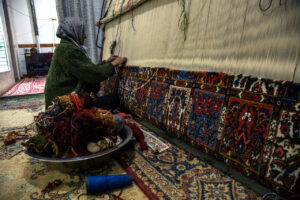
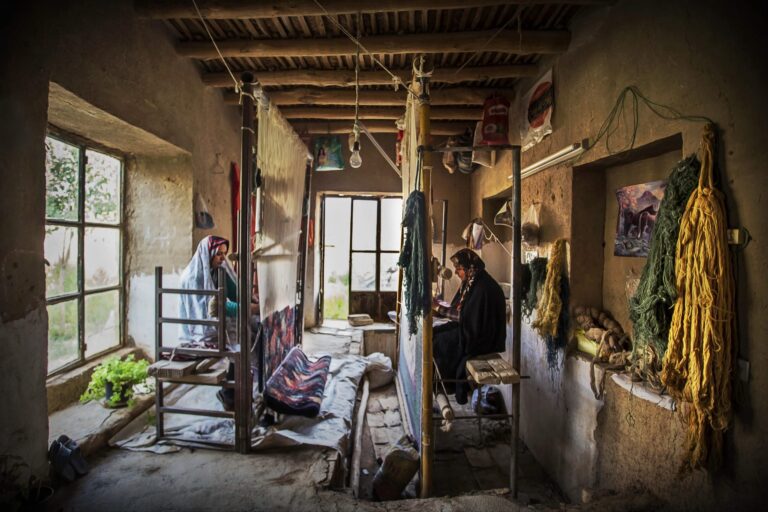
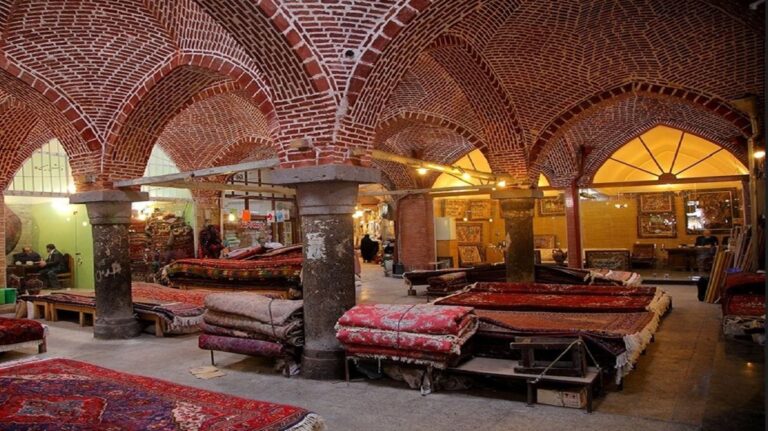
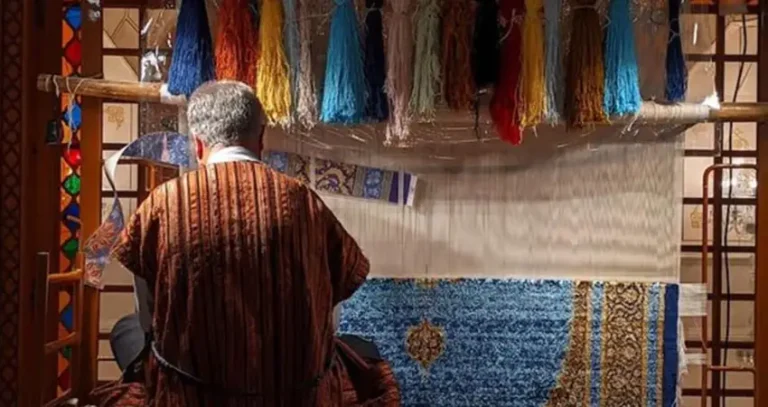
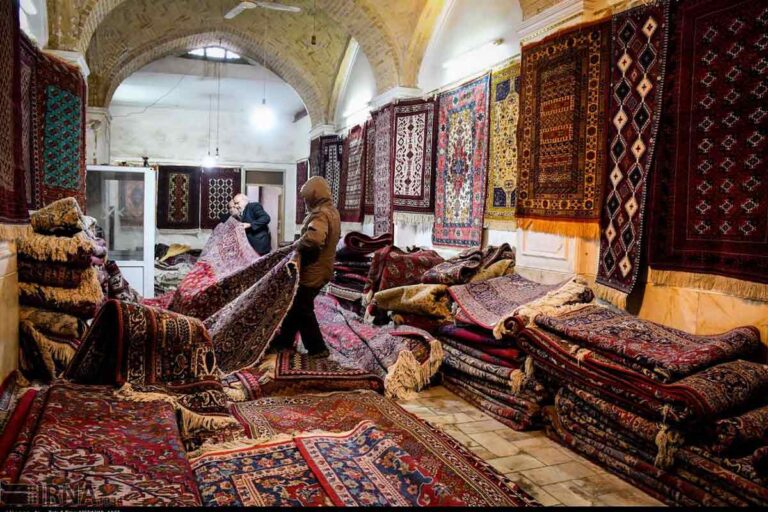
We bring you not just a carpet, but a masterpiece with a story — directly from the hands of Iranian artists to your home.
By working directly with artisans, we help preserve centuries-old traditions while offering our customers a chance to own a unique piece of original cultural heritage.